
Isadora Duncan once said “I don’t teach dancing. I teach joy.” Lori Belilove, Duncan’s foremost interpreter in the 21st century, teaches both. As a dancer, choreographer and director of the Isadora Duncan Dance Company & Foundation, Belilove has kept Duncan’s body of work alive and growing. As a teacher, she sees her role as transmitting the Duncan dharma to the whole dance world—and especially “integrating Isadora’s aesthetic and movement quality for dancers training in ballet and contemporary modern dance.”
Belilove fell in love with Duncan’s aesthetic on a visit to Athens when she was 12 years old and has been a practitioner ever since. She studied with Irma Duncan and other members of Duncan’s original “Isadorables,” as well as second-generation Duncan dancer Hortense Kooluris. She also buttressed her skills with related disciplines: ballet, yoga, Zena Rommett Floor-Barre, Gyrotonic, and especially the Humphrey-Weidman technique—emphasizing weight, momentum and lyricism.
A recent class at Belilove’s spacious studio in Chelsea included several of her company members, plus a cross-section of young New Yorkers studying everything from classical ballet to hip hop, as well as Duncan devotees Zooming in from as far away as Brazil. Designed for all levels and styles, the class culminated with a dash across the room in which the dancers seemed to be propelled by a magical tailwind and lifted by the air itself.
“This is Duncan technique,” explains Belilove. “It begins with initiating movement from the solar plexus—Isadora’s ‘mirror of the soul’—and using the breath as support. What you see is this underpinning of breath—a kind of buoyancy right under the midriff point and under the armpits, so your arms never press close to your sides.”
Another key quality of Duncan technique that Belilove describes has to do with musicality, as taught by Irma Duncan. “Irma said, ‘Listen to the music as if you’re hearing it for the first time. And never hurry, but never be late.’ So the spontaneous quality of this listening, with the body leading before the limbs, makes you think ‘Oh, she’s in the moment!’ But it’s trained, it’s actually trained.”
Hayley Rose, a student of Belilove since the age of 10 and now a leading company member, is a “quintessential product” of this training. Rose’s unhurried, dynamic flow inspired a movement sequence that has become a fixture in Belilove’s class, and a microcosm of Duncan’s aesthetic.
“The Hayley” begins face down on the floor and ends with an opening to the heavens. It moves through Isadora’s three levels of focus—earth, the horizon line and sky—gathering strength from the earth, inviting others on an equal plane, and ultimately offering a “gift to the gods.”
Step by Step
Here, Belilove shares this sequence demonstrated step-by-step by Rose (Note: all images are courtesy Belilove). “I love what happens with the spine,” she says. “The upper and lower halves of the body are connected as the impulse ripples all the way from head to feet.”
Step 1: “Gathering Focus”: Lying down face down, keep the weight into the floor, with bent knees held together and rock legs, hips and torso side to side. Breathe.
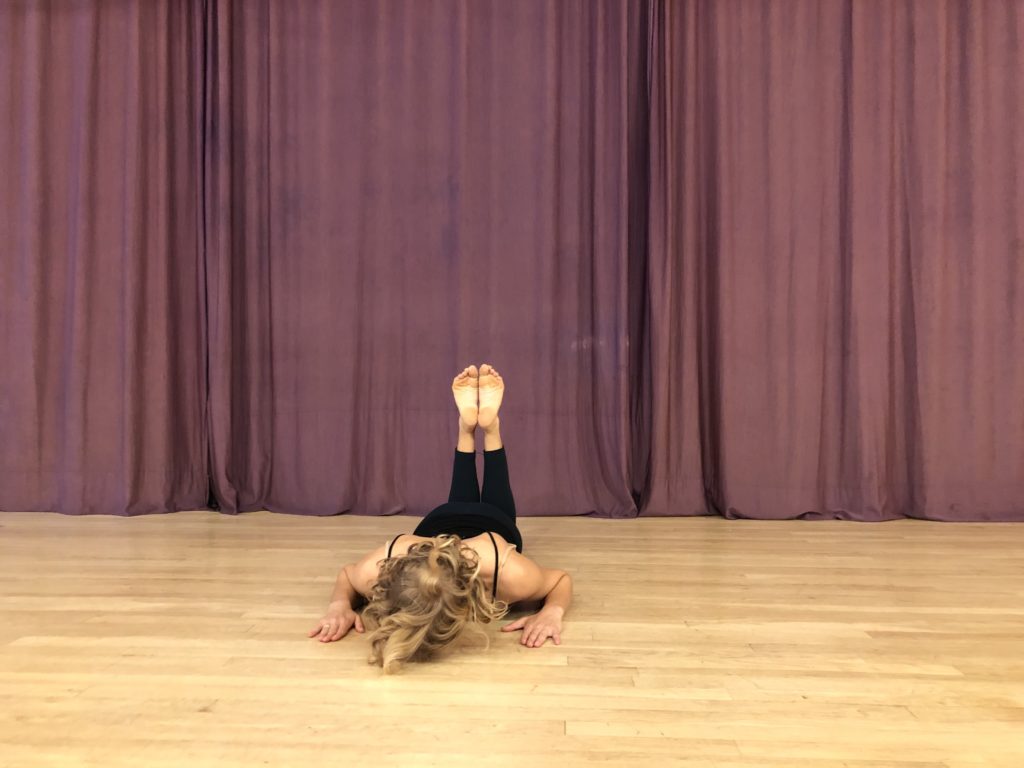
Step 2: With feet to one side, lift and spiral the chest and spine coming up into a sitting position. Split the knees and look over the leading shoulder.
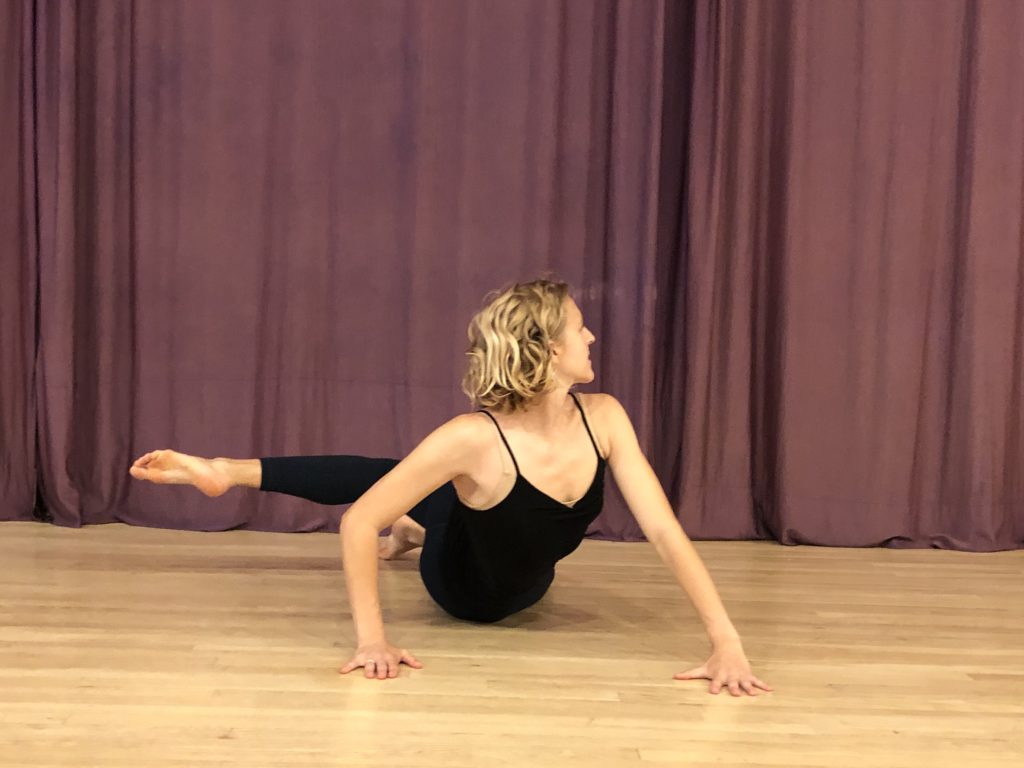
Step 3: Continuing the spiral movement, sit with legs bent and feet on the floor to face the back of the room. Keep the arms outstretched horizontally and fully lifted to establish the horizon line.
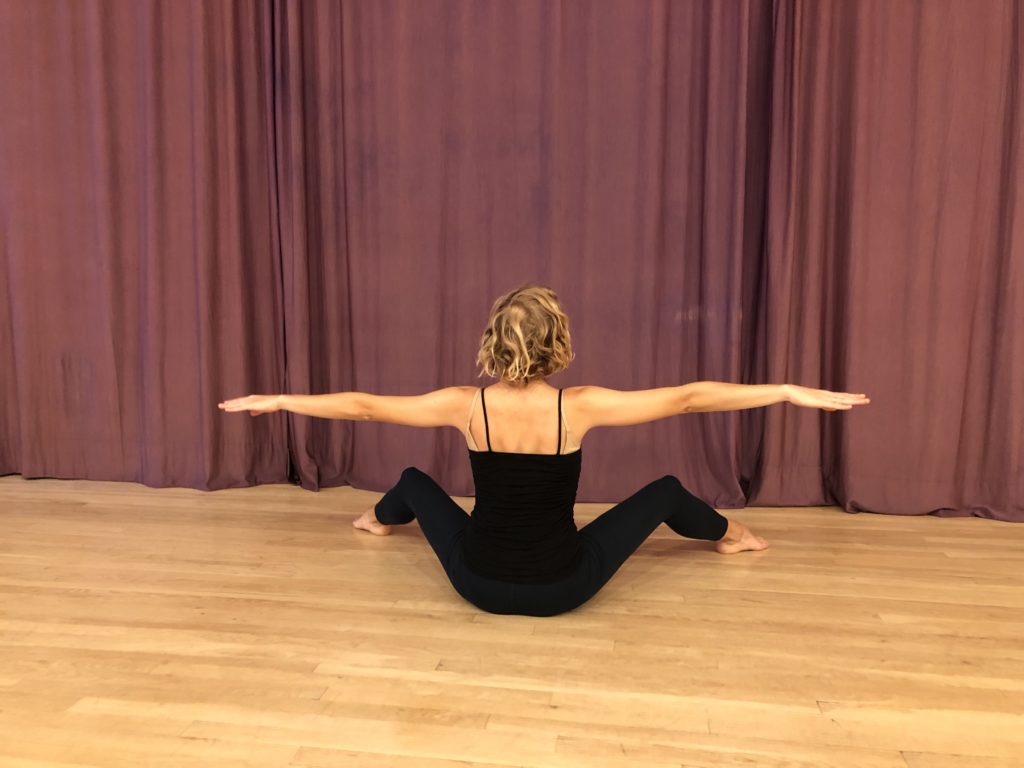
Step 4: At the turning point of the spiral, sit on one hip and turn the head, eyes and arms to look forward.
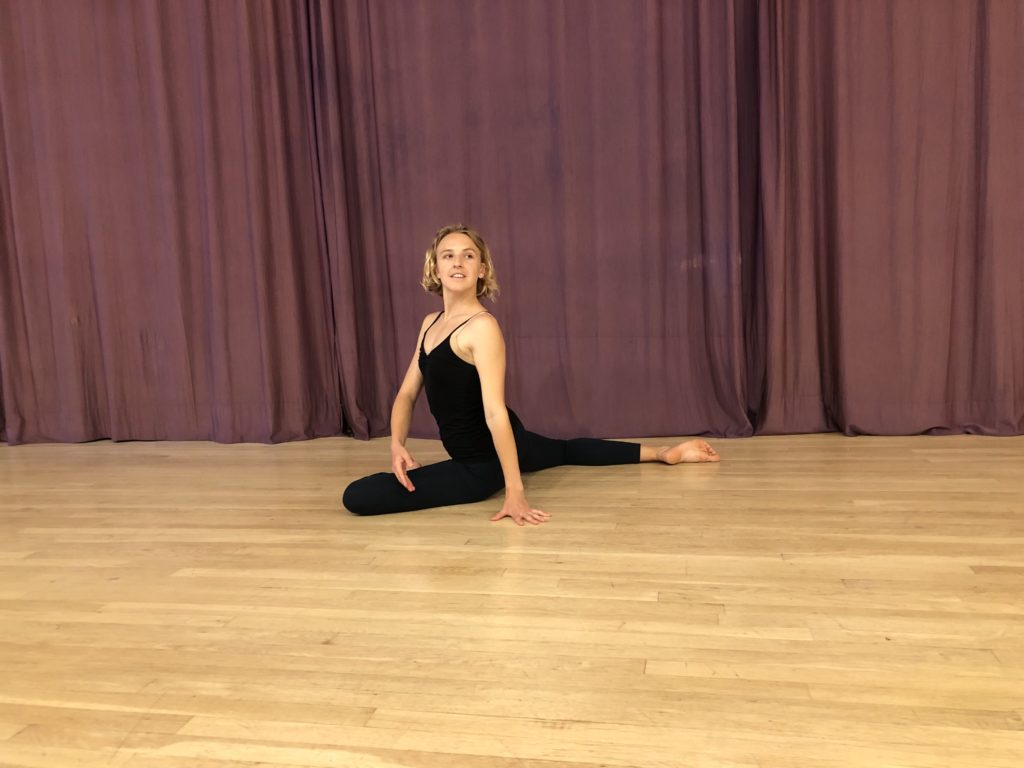
Step 5: Lifting the spiral shape, put weight on one arm and knee. Use the back foot for balance.
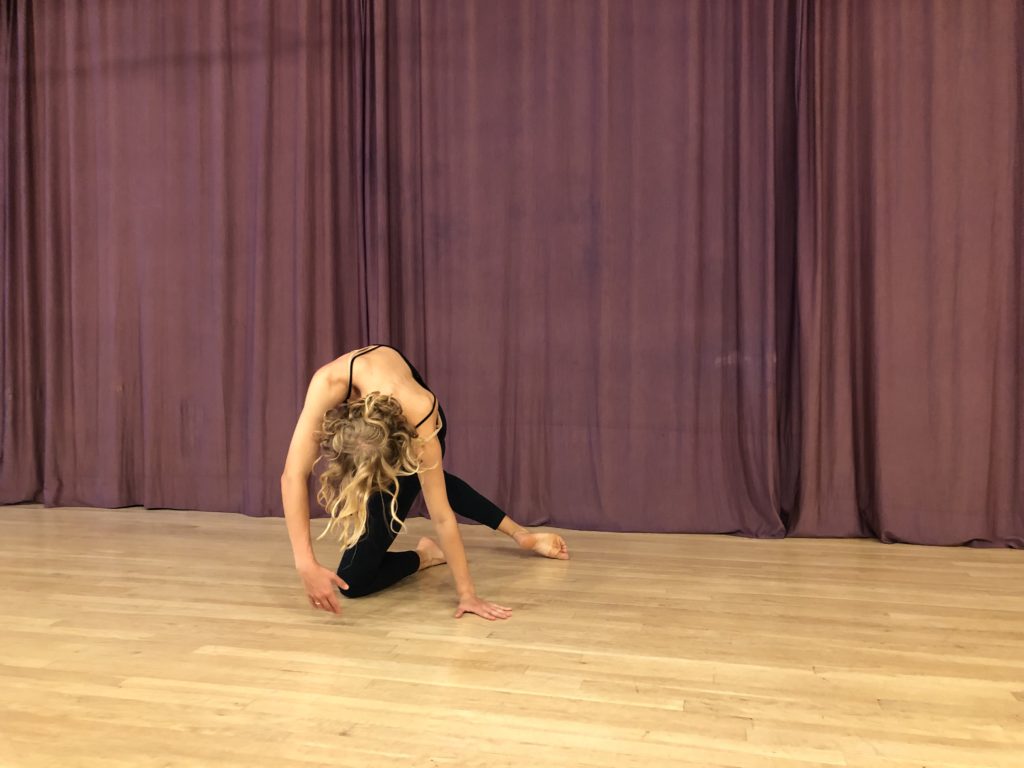
Step 6: Open torso and arms in a continuous curve, arching to one side.

Step 7: Reverse the arm circle, round the back, soften the chest, and let the head roll heavily with the movement.

Step 8: “Feeding the Elephant”: Unfold and reach up, with the wrist flexed and palm open upwards.

Step 9: “Rising to the Sun”: Extend both arms, palms up, with the face looking upward to the sky.

Step 10: “Gathering from Earth”: Draw the feet together, and fold forward with the arms long and wrists starting to cross.
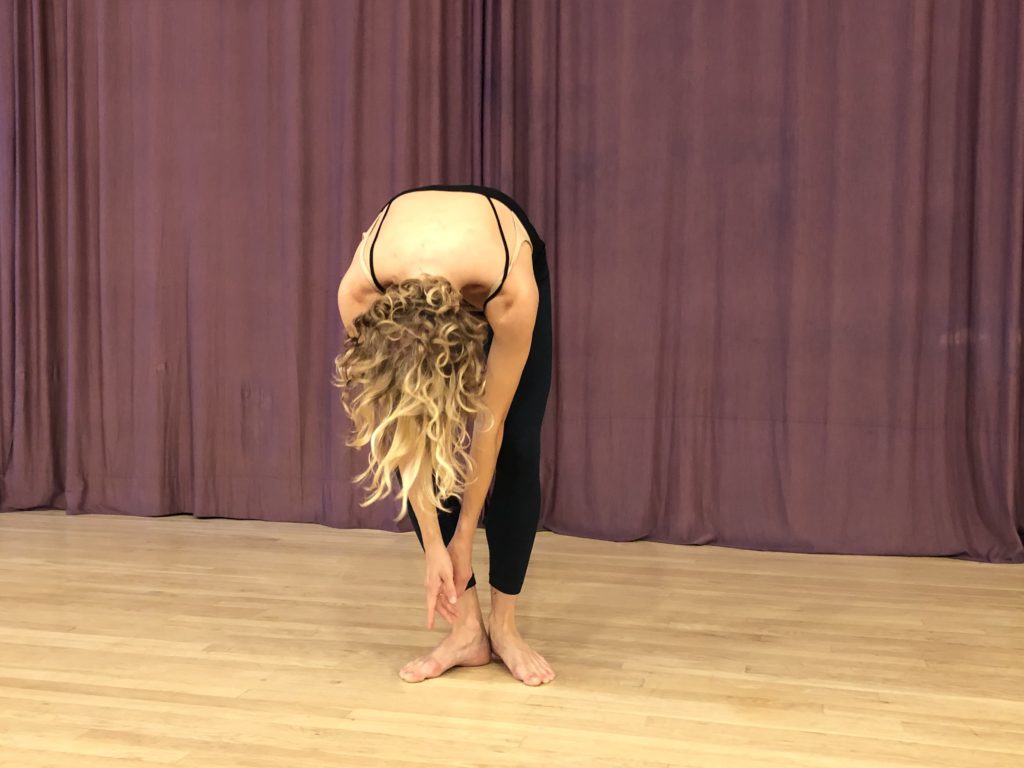
Step 11: “Ascending”: Draw up slowly as if from the center of the earth, with the chest, throat and face leading upward.
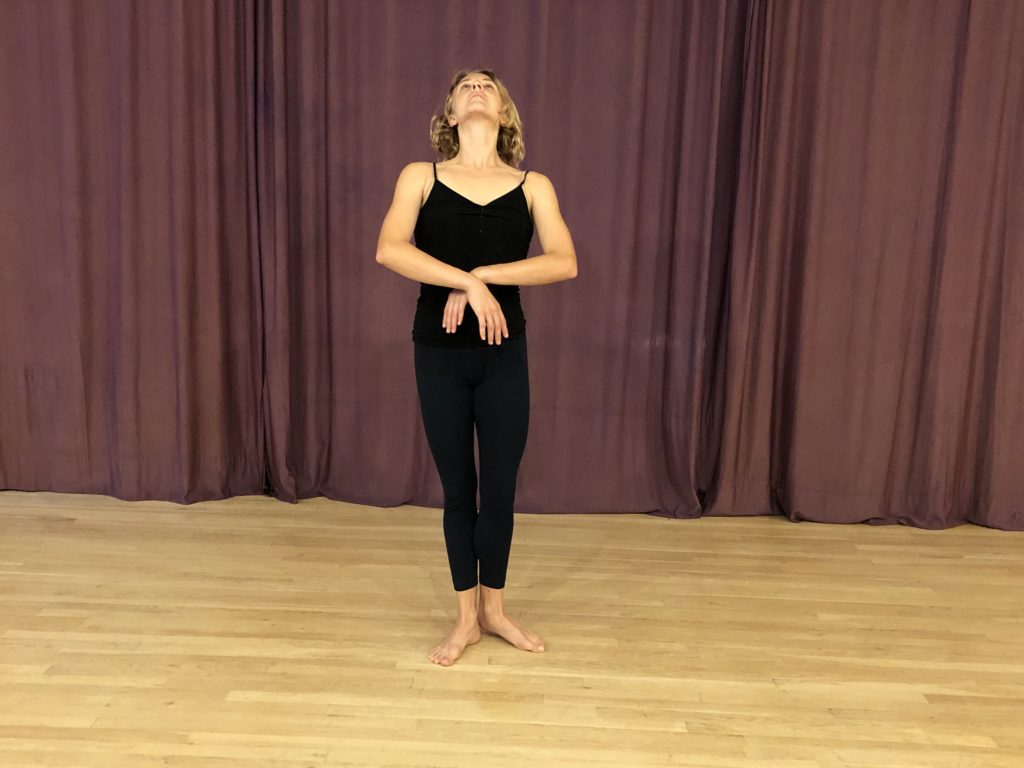
Step 12: “Universal Gesture”: Unfold the body in one long line from the ground to the fingertips.
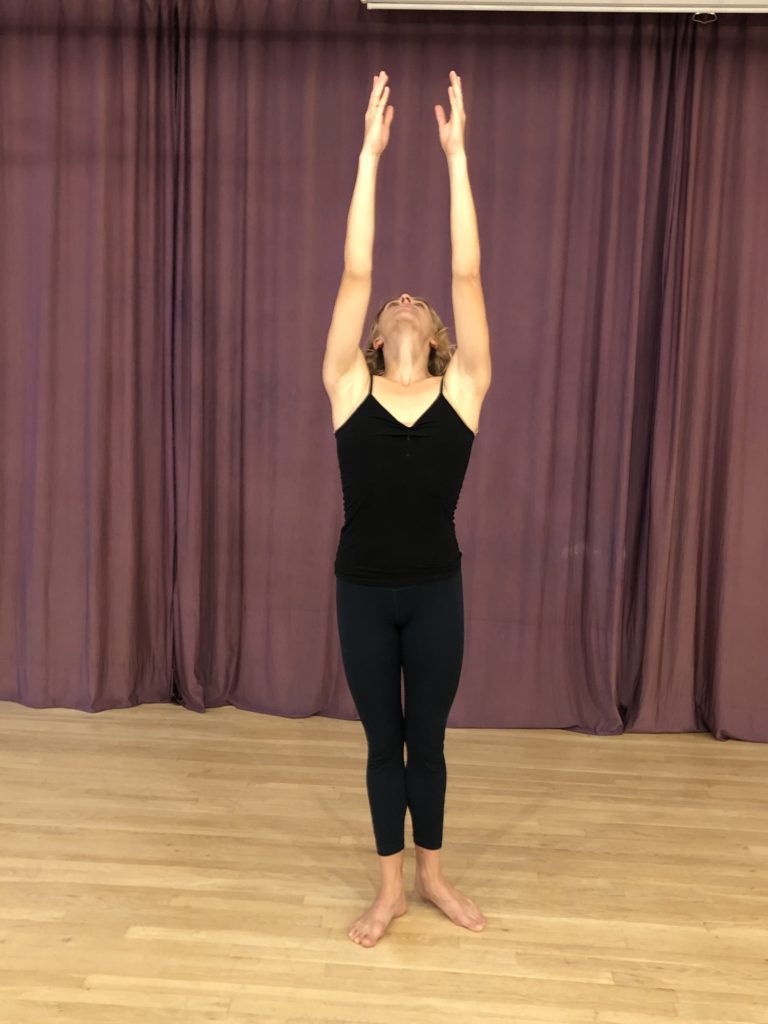
Step 13: Expand the arms to the horizon line with palms again facing upwards.
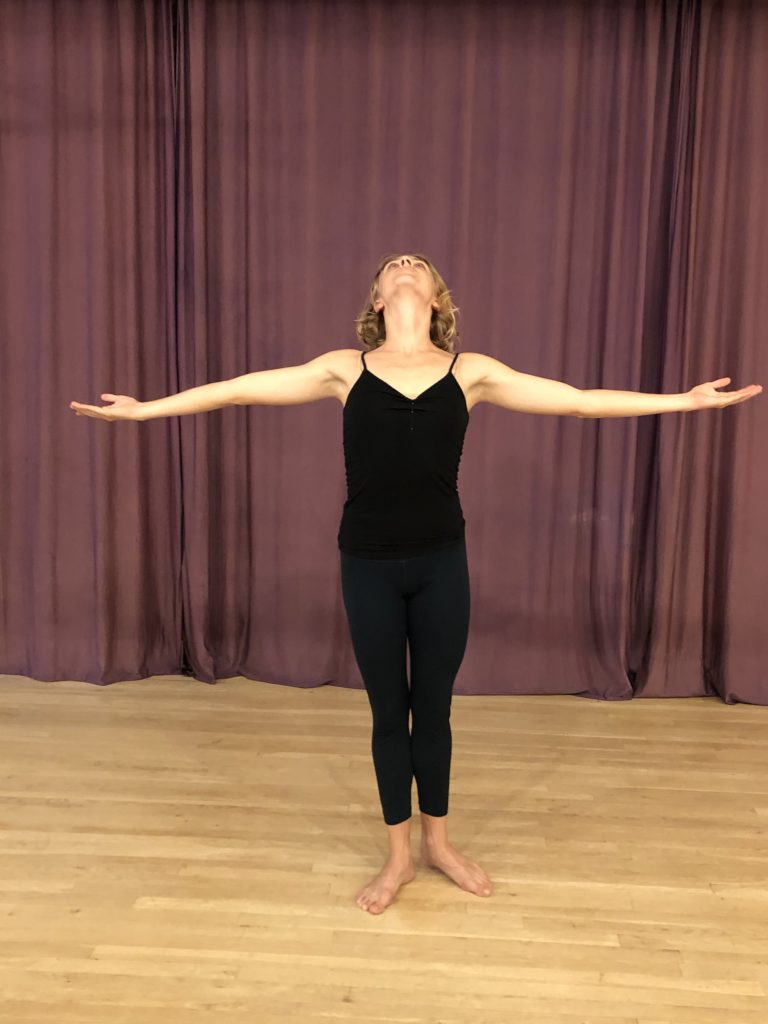
Step 14: Breathe, recover the head and neck, gently floating the arms toward earth.
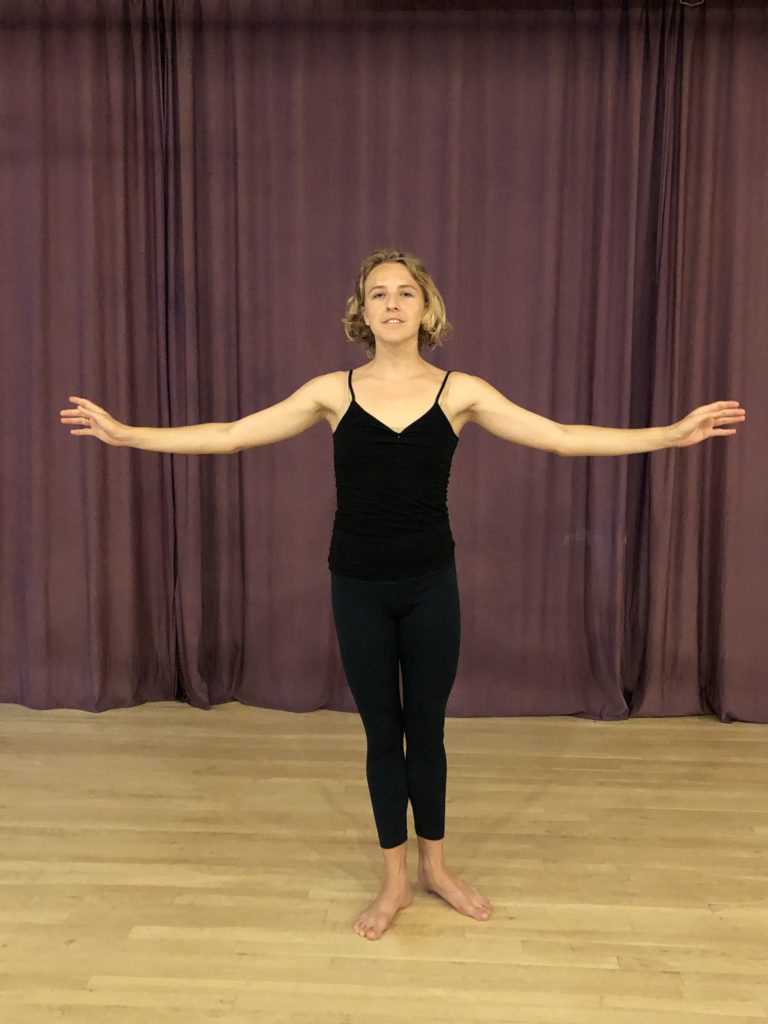
Tip: Avoid striking poses; keep the movement flowing throughout; and pause with resonance.
Joy is not the goal of Duncan training. It is a reward, a byproduct of a discipline that opens the body to release self and soul.
Duncan always worked with and believed in children, and so does Belilove. A few company dancers are graduates of her children’s troupe, which she called the “Beliloveables,” after Duncan’s Isadorables. Today, company members Emily D’Angelo, Becky Ibarra, Hayley Rose, Nikki Poulos and Carolyn Yamada (and others, in Belilove’s teaching certification program) teach as part of the Duncan Foundation’s outreach program to public schools in New York City and Long Island.
Duncan once said, “the finest inheritance you can give a child is to allow it to make its own way, completely on its own two feet.” And Belilove loves to add: “You were somebody before you came into the studio. And after class, isn’t there a bigger somebody there?”
Watch the full movement study sequence below:





